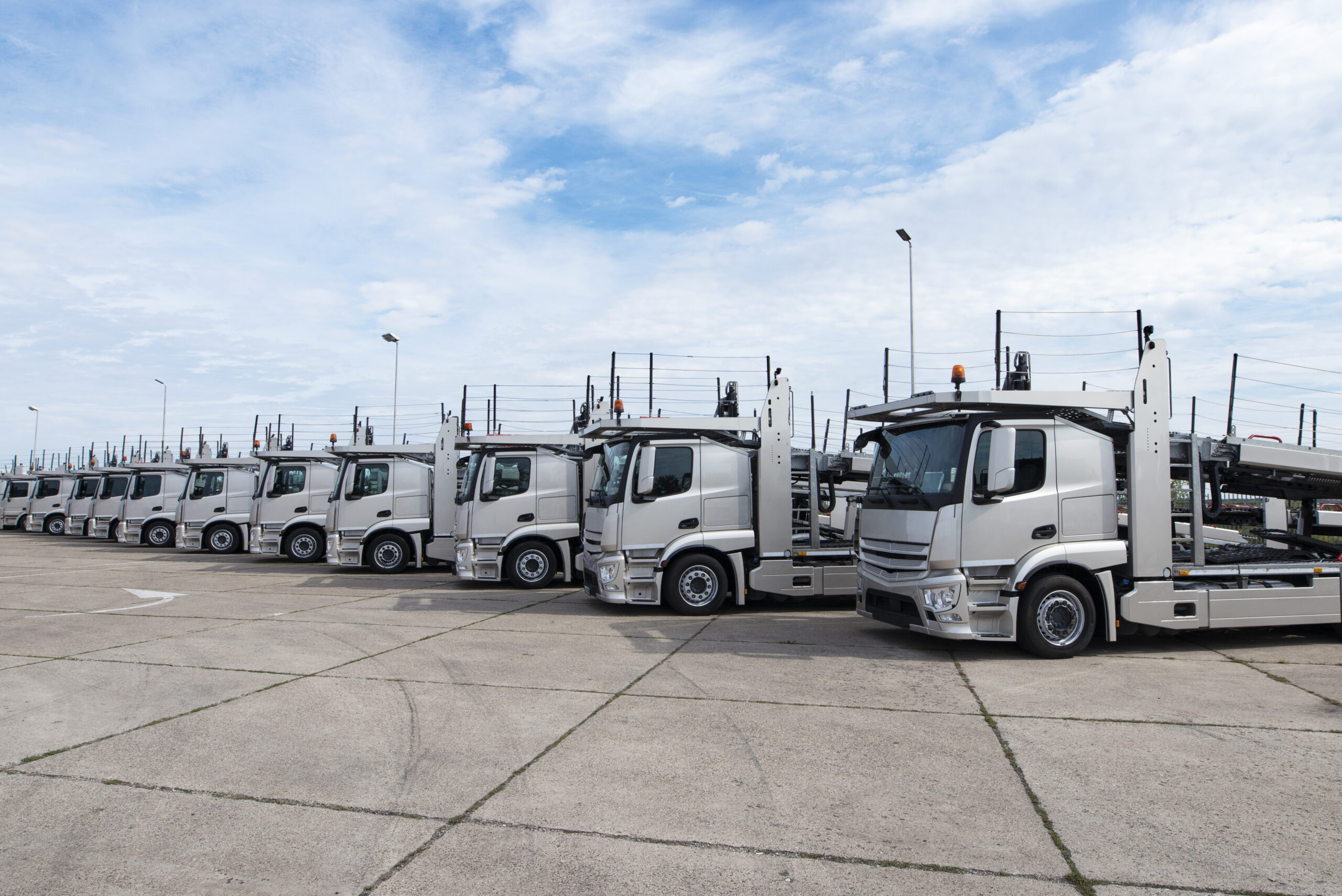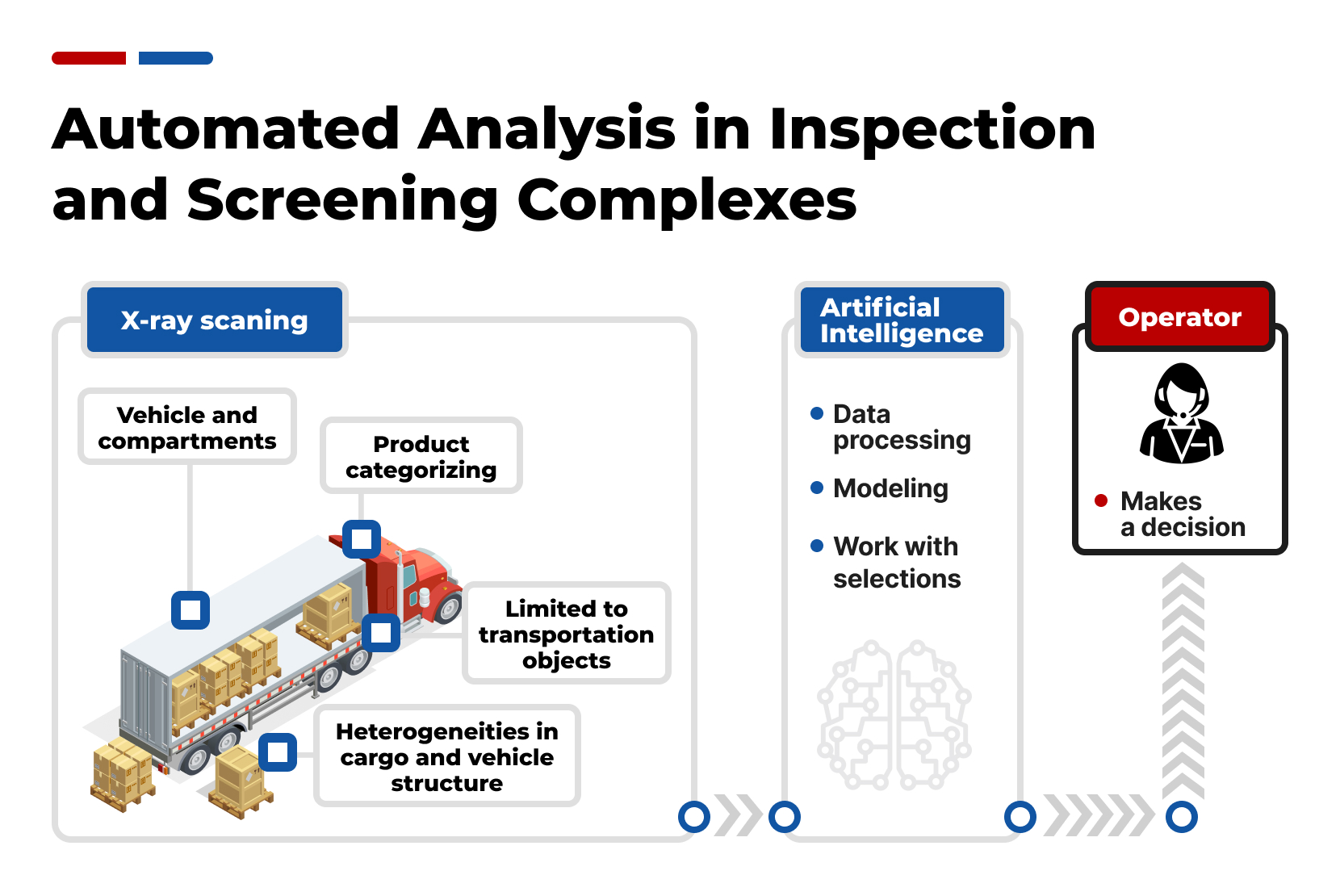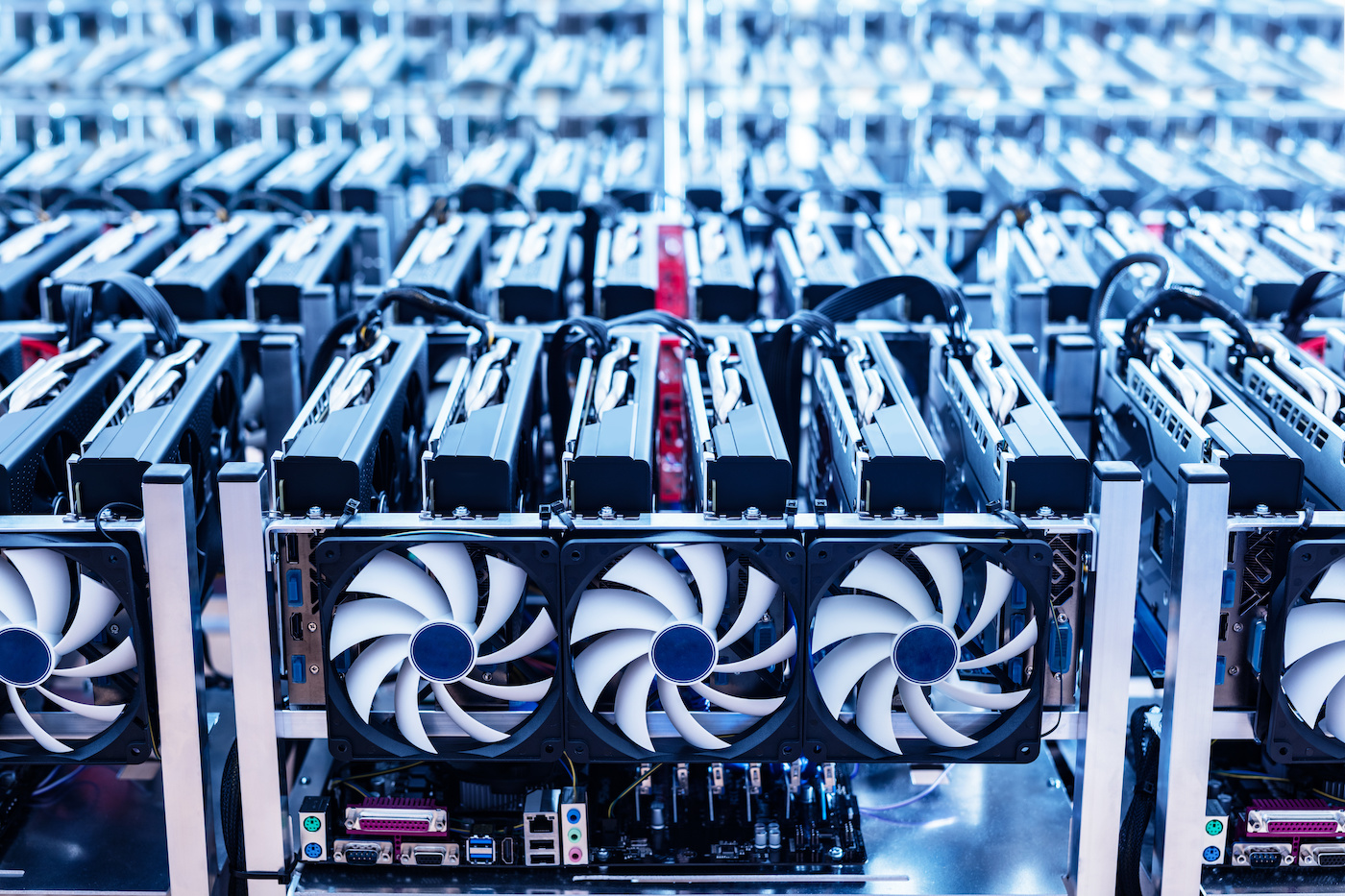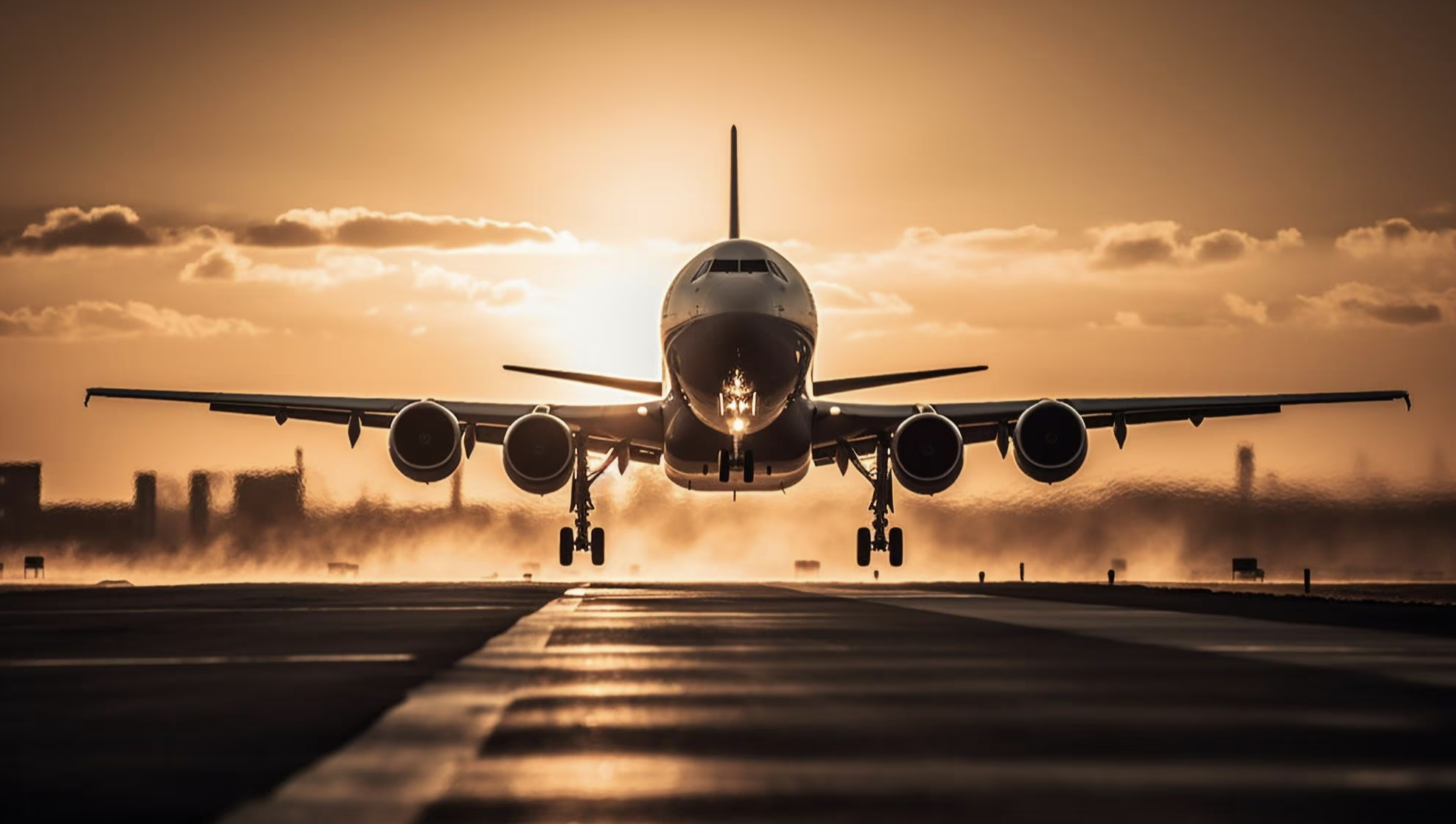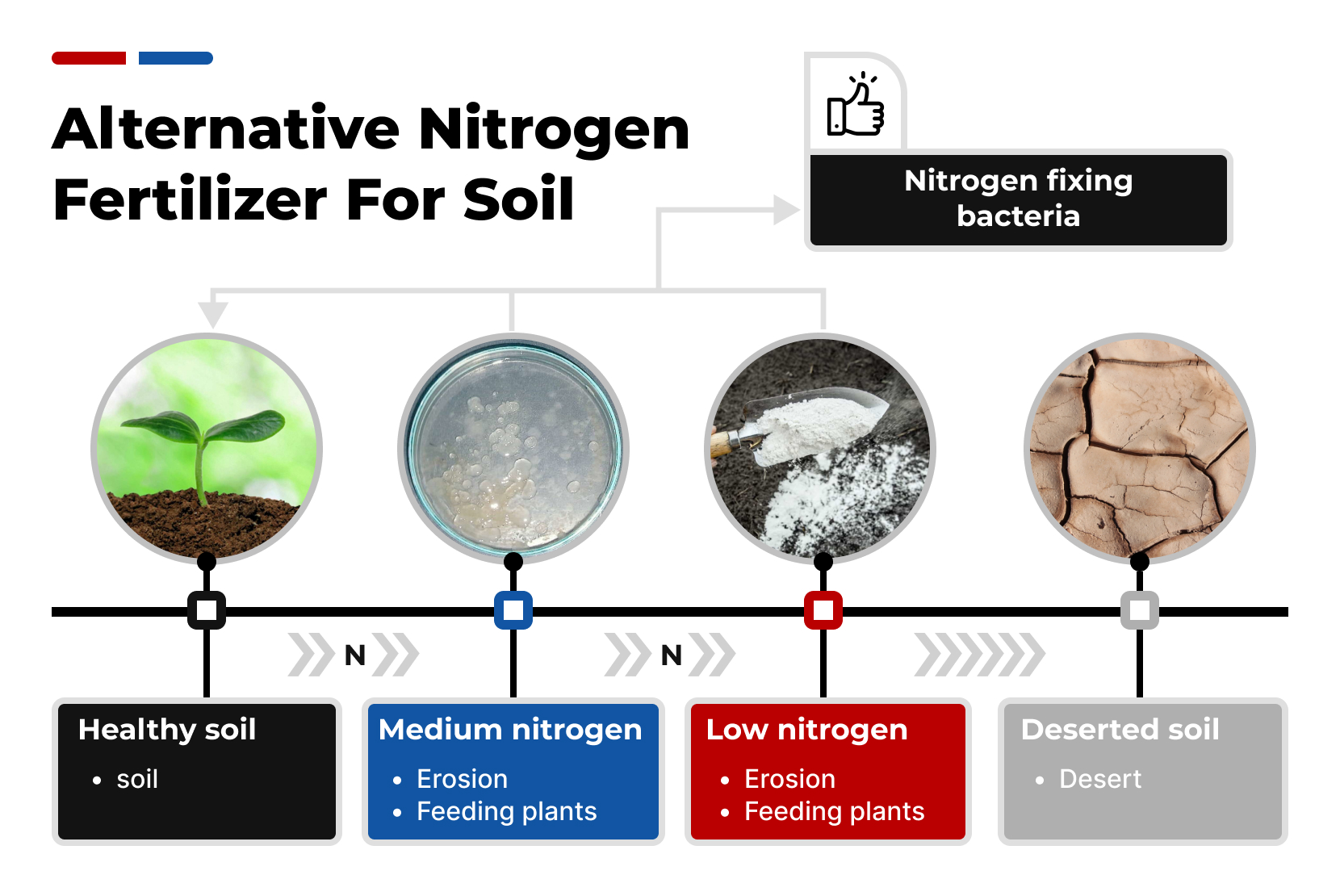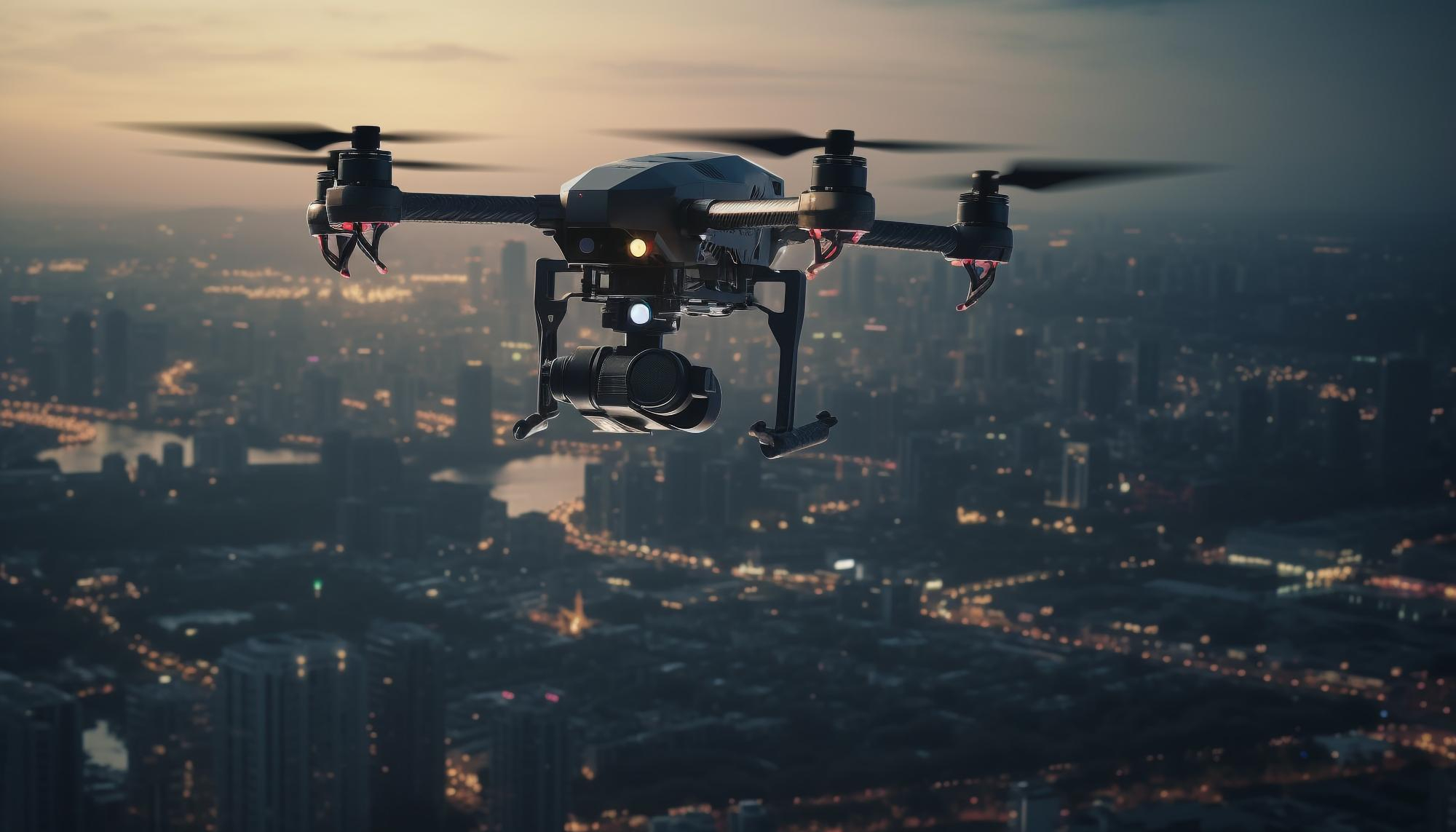Feedback form
Automated Analysis in Inspection and Screening Complexes
Description
Using X-ray energy source system will provide images of the scanned vehicle. Images are processed by AI thus lifting operators' workload and minimizing human error and ignorance factor. AI is capable of detecting abnormalities in vehicle scan and declaring found object’s class.Problem
Millions of cars and containers pass through checkpoints every year. Criminals use them to transport dangerous goods and substances that are restricted from being transported. To combat this, inspection and screening complexes (ISCs) are used, which use radioscopic images to analyze the vehicle and container. However, the images are processed by a specialist operator, which leads to human errors. The annual growth in supply chains, increased workload on operators processing up to 900,000 images per year, thus leading to increased risk of errors, corruption, false and sometimes deliberately inaccurate declaration of goods are problems with the current method of cargo analysis.Solution
In addition to inspection and screening complex scanning technology for vehicles and cargo containers, AI recognition technology is used. By processing images, the neural network is capable of detecting patches in the scanned object's structure, as well as prohibited and restricted objects of classified commodity groups. Automated analysis allows for faster processing of ICS images, better detection control, increased ICS throughput, lack of corruption and increased cargo transport safety while reducing the load on checkpoint operators. It allows for an increase in customs payments due to automatic detection of unreliable or false declaration of goods by 5-15%, and more efficient personnel management.Description
Using X-ray energy source system will provide images of the scanned vehicle. Images are processed by AI thus lifting operators' workload and minimizing human error and ignorance factor. AI is capable of detecting abnormalities in vehicle scan and declaring found object’s class.Problem
Millions of cars and containers pass through checkpoints every year. Criminals use them to transport dangerous goods and substances that are restricted from being transported. To combat this, inspection and screening complexes (ISCs) are used, which use radioscopic images to analyze the vehicle and container. However, the images are processed by a specialist operator, which leads to human errors. The annual growth in supply chains, increased workload on operators processing up to 900,000 images per year, thus leading to increased risk of errors, corruption, false and sometimes deliberately inaccurate declaration of goods are problems with the current method of cargo analysis.Solution
In addition to inspection and screening complex scanning technology for vehicles and cargo containers, AI recognition technology is used. By processing images, the neural network is capable of detecting patches in the scanned object's structure, as well as prohibited and restricted objects of classified commodity groups. Automated analysis allows for faster processing of ICS images, better detection control, increased ICS throughput, lack of corruption and increased cargo transport safety while reducing the load on checkpoint operators. It allows for an increase in customs payments due to automatic detection of unreliable or false declaration of goods by 5-15%, and more efficient personnel management.Financial Model
Time to launch the project: 6 months
Payback: 12 months
Interested in the project?
Geography
We have experience in working with clients in more than 20 countries: we understand how local legislation, mentality and experience influence technologies and innovation approaches
Our representations: Bahrain, China, Finland, Germany, Hong Kong, India, Indonesia, Italy, Kazakhstan, Malaysia, Singapore, South Korea, Switzerland, Thailand, Turkey, UAE, USA, Uzbekistan, Vietnam

